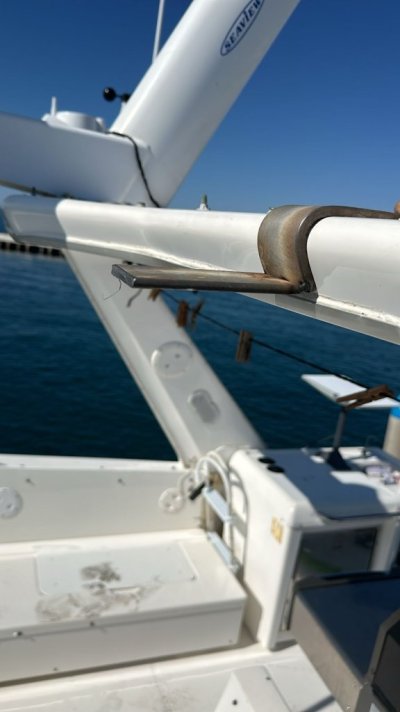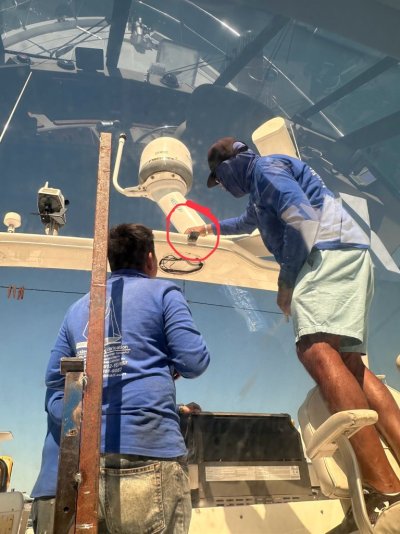GMS
Veteran Member
- Joined
- Nov 17, 2017
- Messages
- 64
- Location
- United States
- Vessel Name
- Blue Whale
- Vessel Make
- 2001 56 DeFever
Looks great!
I am curious why they didn't just attach the aft end of the top to the radar arch - after the nice job of forming tubing to match seems like it would have been fairly simple (and could have avoided the aft bracing).
I am curious why they didn't just attach the aft end of the top to the radar arch - after the nice job of forming tubing to match seems like it would have been fairly simple (and could have avoided the aft bracing).


